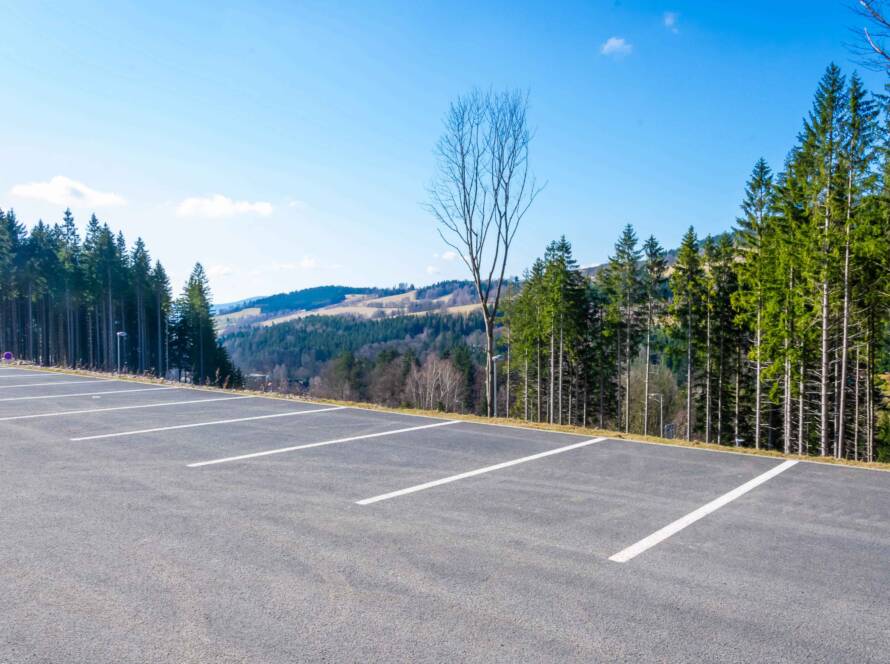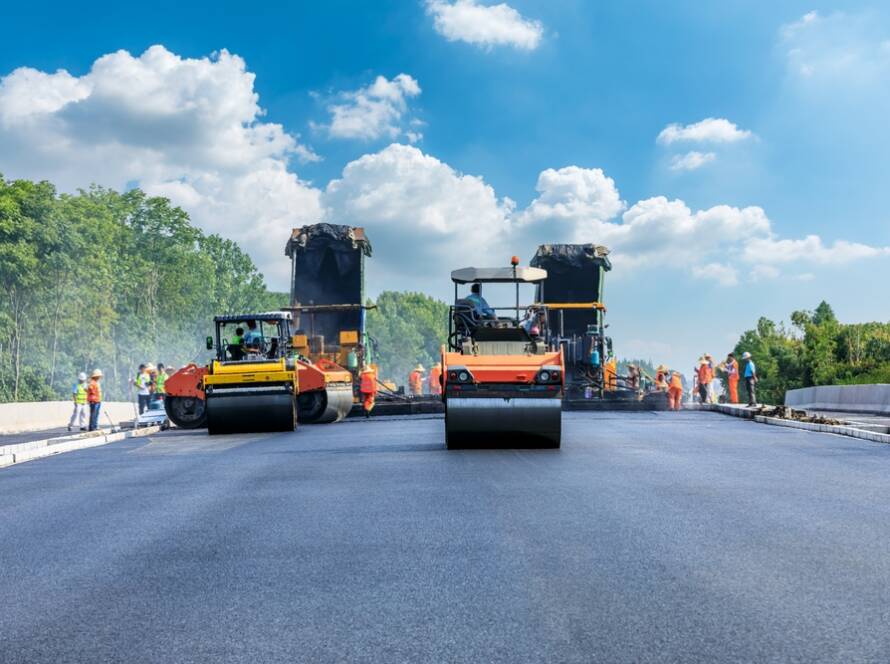The Fundamentals of a High-Quality Surfacing Job
When it comes to creating a smooth, durable, and visually appealing surface, there are several key factors that contribute to a high-quality surfacing job. Whether you’re working on a concrete floor, a countertop, or a roadway, understanding these fundamentals is essential for achieving the best possible results.
Proper Preparation
One of the most critical aspects of a high-quality surfacing job is proper preparation. This includes:
- Cleaning the surface thoroughly to remove any dirt, debris, or contaminants
- Repairing any cracks, holes, or other damage to create a smooth and even base
- Ensuring that the surface is properly graded and leveled to prevent pooling or uneven wear
Quality Materials
Using high-quality materials is another essential factor in achieving a superior surfacing job. This means:
- Choosing the right type of surfacing material for the specific application, such as concrete, asphalt, or epoxy
- Using materials that are durable, long-lasting, and resistant to wear, tear, and environmental factors
- Ensuring that all materials are properly mixed and applied according to the manufacturer’s specifications
“Quality is never an accident; it is always the result of intelligent effort.” – John Ruskin
Skilled Workmanship
Even with the best materials and preparation, a high-quality surfacing job requires skilled workmanship. This involves:
1. Having a team of experienced and well-trained professionals who understand the intricacies of the surfacing process
2. Using the right tools and equipment to ensure precise and consistent application
3. Paying close attention to detail and taking the time to do the job right, rather than rushing to complete it
Proper Curing and Finishing
Once the surfacing material has been applied, proper curing and finishing are crucial for achieving a high-quality result. This includes:
- Allowing adequate time for the surface to cure and harden before subjecting it to traffic or use
- Applying any necessary sealants, coatings, or treatments to protect the surface and enhance its appearance
- Regularly maintaining the surface to prevent damage and extend its lifespan
Attention to Safety and Environmental Concerns
Finally, a high-quality surfacing job must prioritize safety and environmental concerns. This means:
- Following all relevant safety regulations and guidelines to protect workers and the public
- Using environmentally friendly materials and practices whenever possible to minimize the impact on the surrounding ecosystem
- Properly disposing of any waste or excess materials to prevent contamination or pollution

The Benefits of a High-Quality Surfacing Job
Investing in a high-quality surfacing job offers numerous benefits, both in the short term and the long run. These include:
- Enhanced durability and longevity, reducing the need for frequent repairs or replacements
- Improved safety and functionality, providing a smooth and stable surface for various activities
- Increased aesthetic appeal, creating a visually attractive and welcoming environment
- Better value for money, as a well-executed surfacing job can provide long-lasting performance and satisfaction
“The bitterness of poor quality remains long after the sweetness of low price is forgotten.” – Benjamin Franklin
By understanding and prioritizing the fundamentals of a high-quality surfacing job, you can ensure that your surfaces are built to last, perform optimally, and provide the best possible value for your investment.



